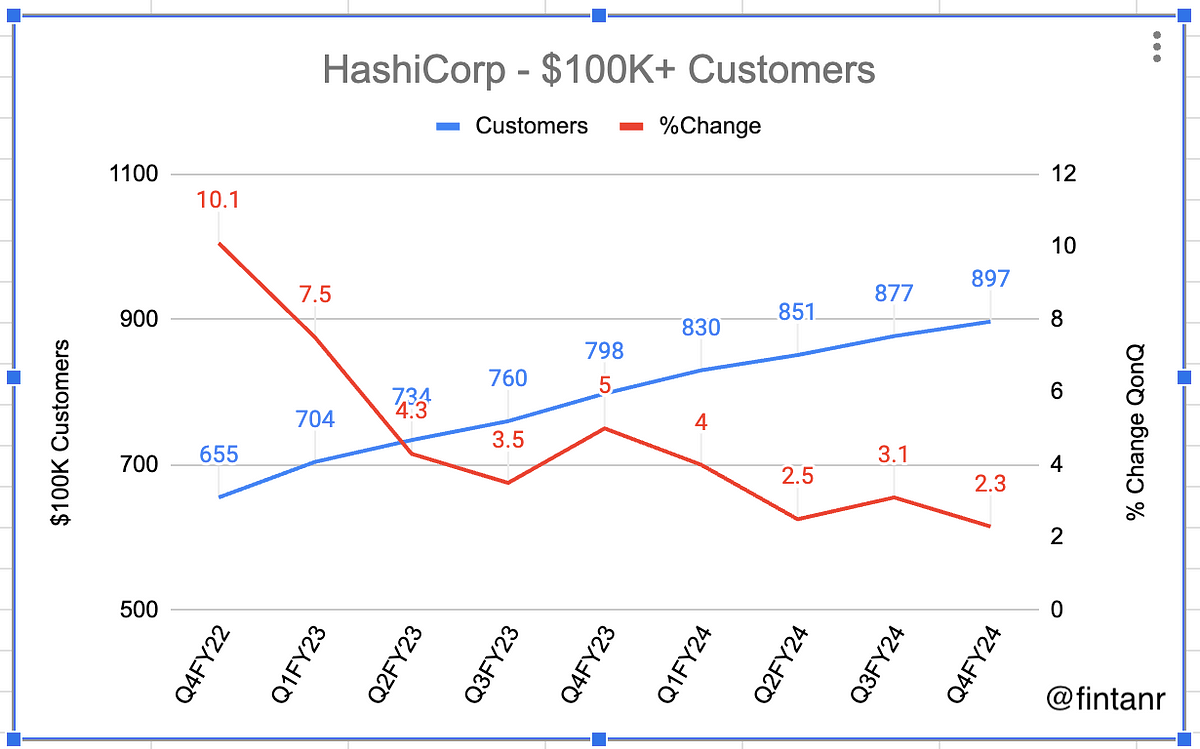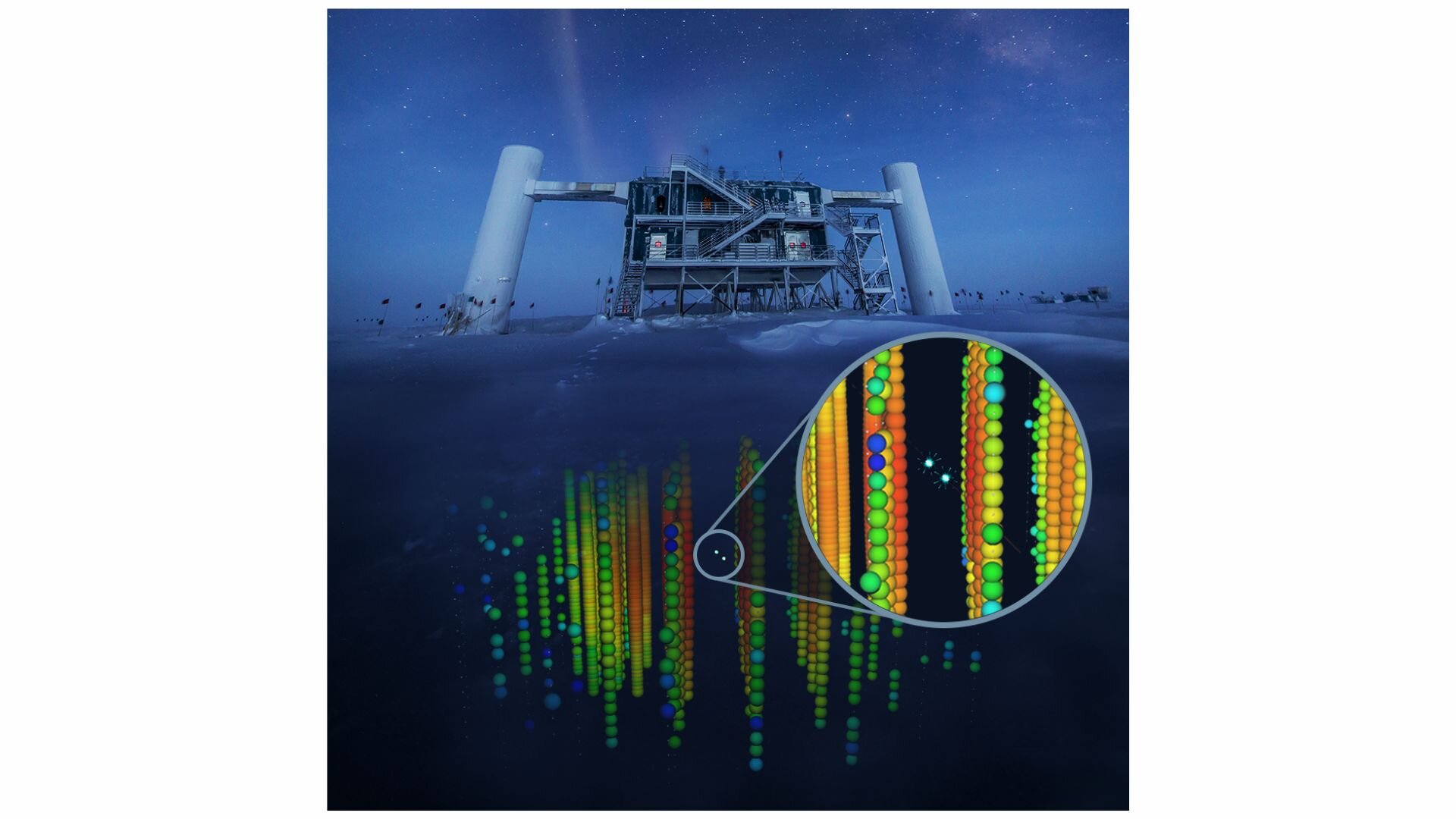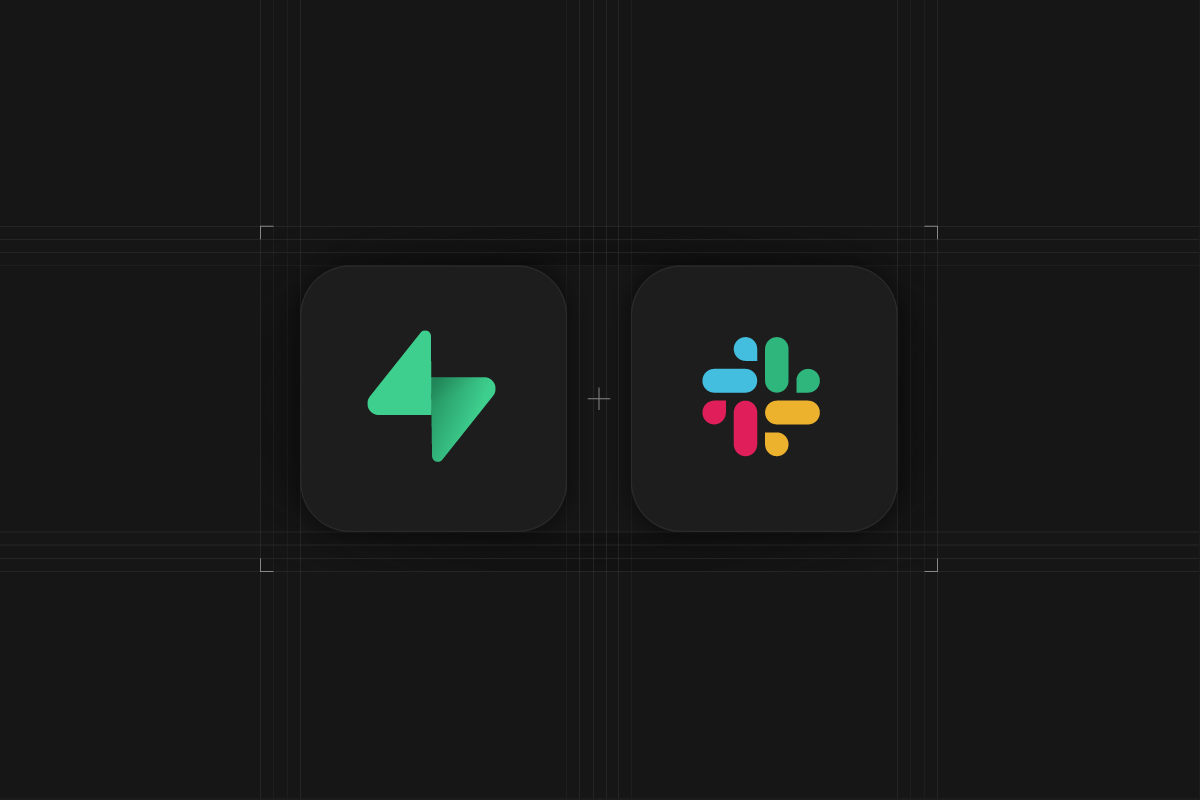
The New Generalist: OODA, Machine Learning and Decision Making Languages
Machine learning operationalization has come to be seen as the industrial holy grail of practical machine learning. And that isn’t a bad thing – for data to eventually be useful to organizations, we need a way to bring models to business users and decision makers. I’ve come to understand the value of machine learning for decision making from the specific context of tactical decision making as fitting into the common OODA loop for taking decisions. At first sight, these seem like specific ideas meant for a business and enterprise context, but further exploration below will reveal why this could be an important pattern to observe in ML-enabled decision making.
I recently listened to a Simon Sinek talk in which he made make a rather bold statement (among the many others he’s made) – “Rules are for lazy leaders”. I see this phrase from the specific lens of using machine learning solutions as part of a decision making task – building which is almost existential to the machine learning practitioner’s workflow today. What I mean here, is that leaders who think in terms of systems rarely rely on one rule, but usually think in terms of how a system evolves and changes, and what is required for them to execute their OODA (“Observe-Orient-Decide-Act”) loop. I want to suggest that machine learning can create a generation of lazy leaders, and I mean “lazy” here in a very specific way.
A less-well-known sister of the popular Deming PDCA (Plan-Do-Check-Act) cycle, OODA was first developed for the battlefield, where there is (a) a fog of war – characterized by high information asymmetry, (b) a constantly changing and evolving decision making environment, (c) strong penalties for bad decisions, (d) risk minimization as a default expectation.





















